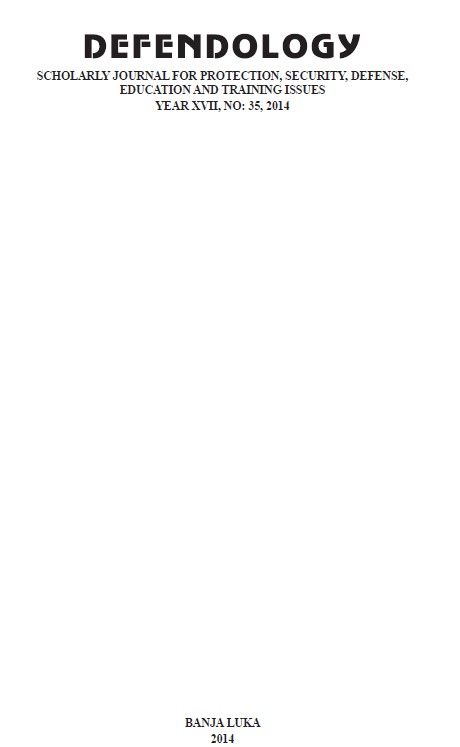A CONTENT ANALYSIS METHOD - PRACTICAL EXPERIENCES IN PRESS ANALYSIS
A CONTENT ANALYSIS METHOD - PRACTICAL EXPERIENCES IN PRESS ANALYSIS
Author(s): Radomir NeškovićSubject(s): Media studies, Epistemology, Methodology and research technology
Published by: Evropski defendologija centar za naučna, politička, ekonomska, socijalna, bezbjednosna, sociološka i kriminološka istraživanja
Keywords: epistemological principles; categorical apparatus; press; sample; objectivity; researcher;
Summary/Abstract: The essential aspects of content analysis are epistemological characteristics, a categorical apparatus and a sample. Creating a categorical apparatus, due to its specificity, is a kind of challenge since the researcher’s methodological expertise determines if the utilized framework will be adequate for the subject and the aim of the research. The researcher’s competence comes to the fore, when using a content analysis method, because the objectivity of gained research results depends on the researcher’s capability to create a methodological procedure according to a concrete subject of research. A categorical apparatus can be created on two basic principles. One refers to ”vertical” and the other to “horizontal” structural elements of the subject of research, so the mentioned elements are crossed through various aspects in the tables, depending on the research aim. Basically, a categorical apparatus is considered as adjustment of methods to the aim and the subject of the research. A content analysis method sample is more accessible and it is easier to create it, compared to researches where other methods are used. Given the fact that content analysis aims at communication, the sample should contain a specific number of communication means (magazines, newspapers, news, reports, documents, etc.).
Journal: DEFENDOLOGIJA
- Issue Year: 17/2014
- Issue No: 35
- Page Range: 65-72
- Page Count: 8
- Language: English

